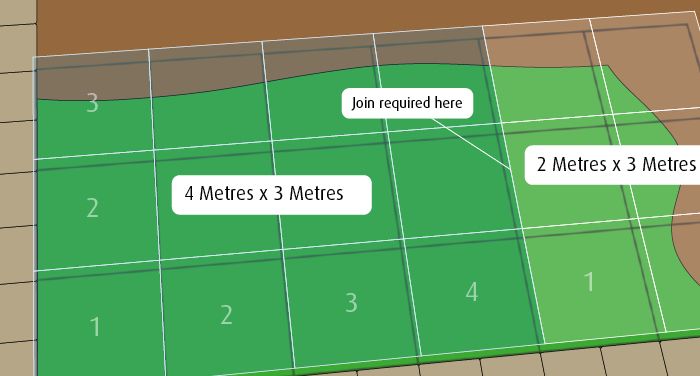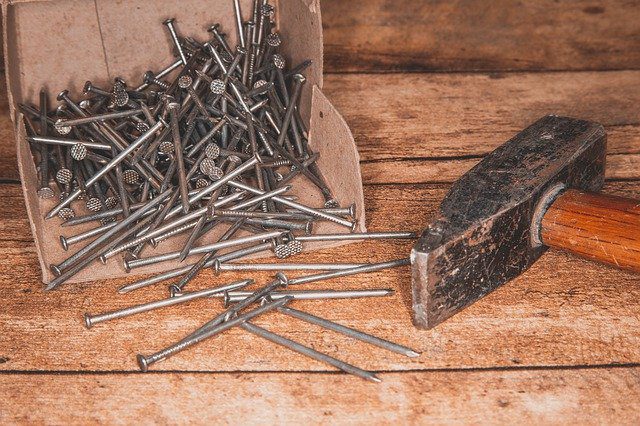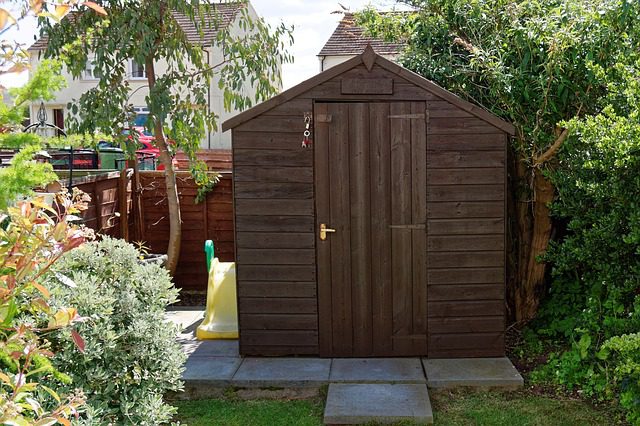It can be difficult to encourage children to get out in the great outdoors during the Spring/Summer months with so many obstructions online. With the weather starting to warm up in the UK, there’s no reason to not take advantage of the wonderful weather.
We’ve put together some garden activity ideas for kids this Summer to help them get creative and to create memorable experiences together as a family.
DIY Birdhouses
With recycling and up-cycling being at the heart of many UK households, we can utilise existing items and transform them into beautiful garden creations. Looking at your recycling materials before throwing them in the bin, could you utilise any finished and clean juice cartons, milk bottles, plastic boxes to create a birdhouse or feeder.
Get out various craft accessories, such as paint, coloured pens, stickers or natural items discovered in the garden to decorate. Let the kids help decide where to place the homemade bird feeder and note down the chippy friends as they enter the garden!
Garden Sketching
All you’ll need is a pen and paper for this activity. See what interests your child the most in the garden, whether that be a plant, flowers, birds, insects or your household pet and let your little artist draw to their heart’s content.
If your child is a frequent drawer or enjoys it, why not start a scrapbook? Not only is it great to keep all their artwork in one place, but also is a great way to reminisce when they’re all grown up.
If you’re choosing paint, over sketching, why not suggest it on a sunnier day so their masterpieces will dry much quicker?
Nature Art
Grab an old bedsheet or piece of fabric for the background let your little ones head on a scavenger hunt for natural materials in the garden to create a perfect picture.
Encourage your children to pick up objects around the garden, such as: stones, sticks, leaves, flowers (if permitted) to create their own story.
Rainbow Arts & Crafts
With the rainbow becoming the symbol of solidarity with NHS workers on the frontline, why not getting creative with your children to show your support? This could be painted, drawn, chalked on the pavement, paper plates, finger painting, using coloured paper as a collage – anything!
Place these showpieces when your neighbours and members of your community can see and to showcase your child’s work.




